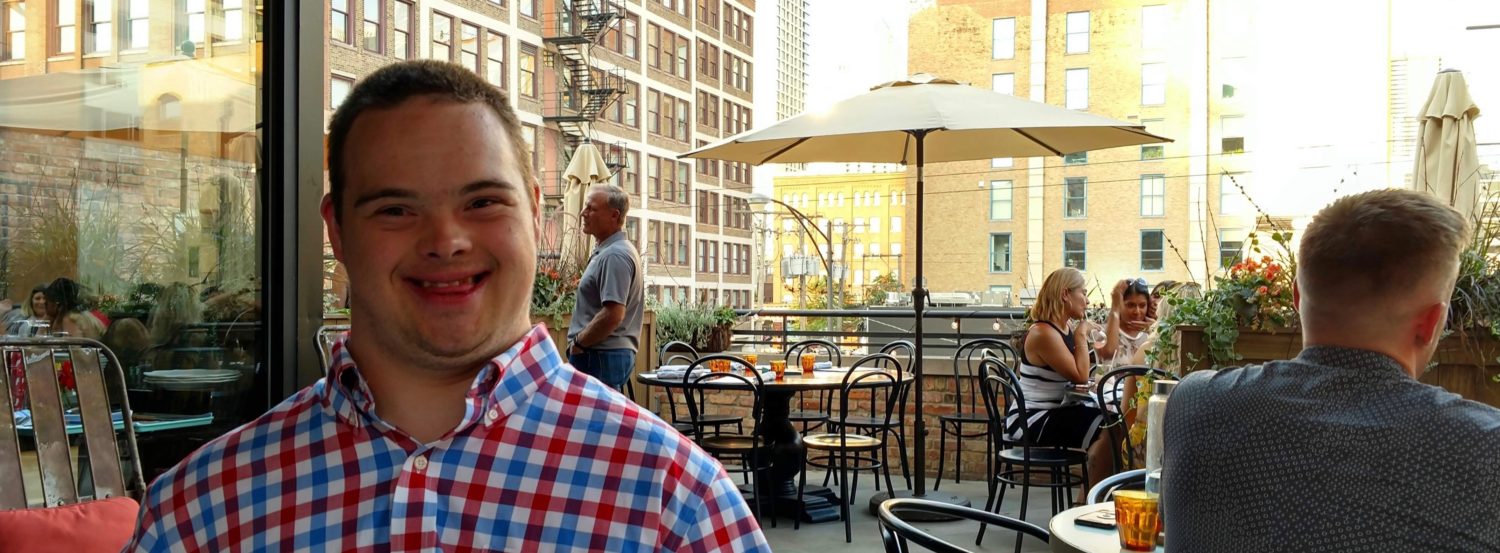Since our big pizza failure a couple weeks ago, I have been seeking pizza redemption. Since he could eat solid food, Ben’s been seeking tacos, so taco pizza on Monday was an inevitability. We are very grateful for Rob’s tip to use a cast iron skillet, and for Mary’s advice to use a slow-rise method for the dough. We probably should have stuck with one recipe or method and used traditional pizza toppings, but where’s the fun in that?
Slow-Rise Pizza Dough
3 3/4 cups flour
1/4 teaspoon yeast
2 teaspoons salt
1 1/2 cups cool water
Mix ingredients thoroughly, until a dough forms, the evening before making pizza. Cover dough in bowl with lid or plastic wrap. Let rise on countertop 18-20 hours. Just before getting pizza toppings ready, turn dough onto lightly floured surface, and form into two balls. Let them rest 30 minutes or more while oven heats and you prep toppings. Place two cast iron skillets in oven and heat to 500°.
Taco Pizza Toppings
1 1/2 – 2 cups mashed pinto beans
1/2 jar salsa
1 pound hamburger
1 packet taco seasoning
1/2 pound shredded pepper jack cheese
Guacamole
Sour cream
Shredded lettuce
Diced grape tomatoes
Combine the beans and salsa to make a sauce. Cook hamburger with taco seasoning, according to package directions.
With your hands, stretch each ball of dough into a flat round, about the diameter of the skillets you are using. Remove the blisteringly hot pans from the oven and place the dough in each pan, taking care not to touch the pan, and use a spoon or a ten-foot pole to quickly spread the dough to the edges.
Next, smear your “sauce” (bean and salsa combination) on the dough. Top with taco meat and then cheese. Return pans to oven and bake until crust is baked through and cheese is melted, golden, and bubbly, about 10-15 minutes. Ours took 12 minutes.
Remove from oven, slice, and serve with cold toppings to taste.







I’m always happy to see the Winter Solstice, because it means longer, lighter days are ahead. The six month climb to the longest day of the year in June is slow, but it is steady and sure. Every day now will have a little more light than the day before. We’ve turned the corner.

A couple years ago, Phil took me to see a camera obscura that a professor had set up at Lycoming College. On the sunny Sunday afternoon that I walked into the darkened room with only a tiny circle of light to the outside, I was amazed. I could not believe what I was seeing. I stared for awhile at the wall opposite the quarter-inch diameter of outdoor light, and eventually images appeared. A perfect upside-down movie of what was happening outside played out before me. Students walked across campus on the ceiling, and the flag flew upside-down at the bottom of the wall.
The moment I got home, I googled it and learned that because light travels in a straight line, the light reflecting off the sidewalk outside travels up, through the tiny hole, to the top of the opposite wall in the darkened room. The light from the top of the trees travels in a straight line down, through the hole, to the bottom of the wall in the darkened room. Thus, images are flipped.
Well, this officially placed a bee in my bonnet, and I didn’t see any other way but to find a refrigerator box so I could make my own camera obscura for my classroom. By late that afternoon, it was done.
In normal years, I haul it out from the school’s basement for a few weeks a year, set it up next to the windows in my classroom, and enjoy the exclamations of disbelief from every kid who takes a turn sitting in it. This year, I’m completely alone in my room, but I set it up anyway. Why? Because, sometimes it is good to just sit awhile in a big, cardboard box. Because, no matter how many times the upside-down image appears, it amazes me every time. Because, if ever there was a time to observe an upside-down world, this is it. Because, in an entirely darkened space, it is the tiny shaft of light that makes all the difference.
